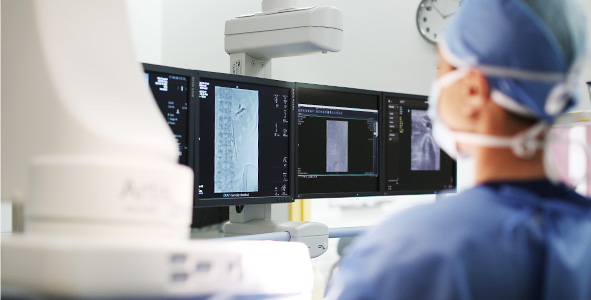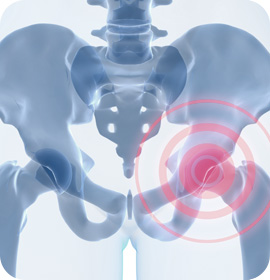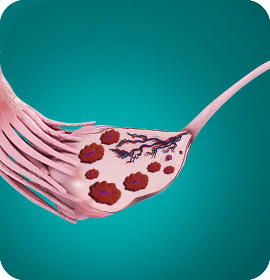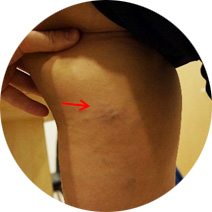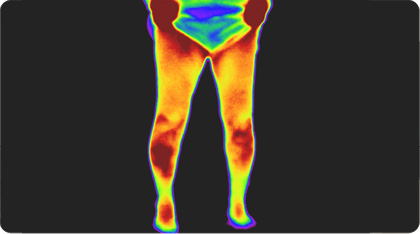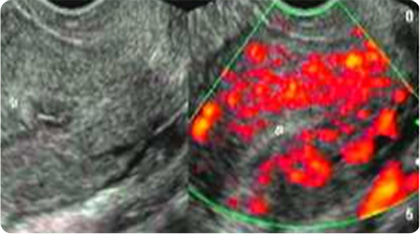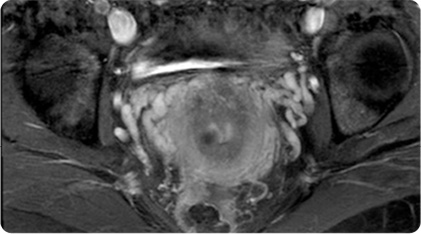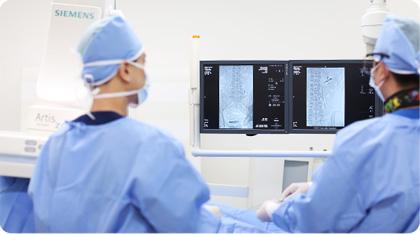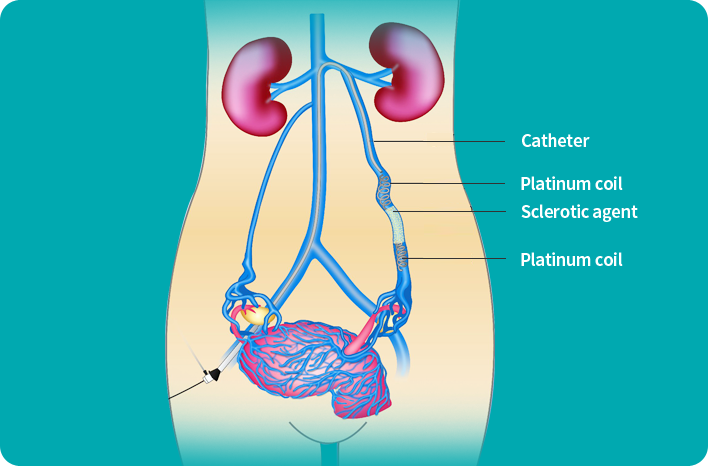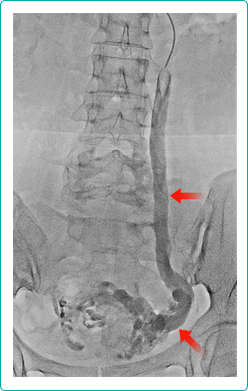-

If you are experiencing dullness in lower abdomen and sharp pain without clear reason despite that you are not on period?
Do your know pelvic venous congestion syndrome, women’s malady? It is when there is irregular pain in waist, back, lower abdomen, pelvic, and genital without clear reason that lasts over 6 months. I t is common in women in 30~40s, and more than 1 out of 3 patients visiting gynecologists suffer such pelvic pain. Chronic pelvic pain is quite difficult to precisely pinpoint the area of pain, so it can be mistaken for other diseases. It also has various causes. It cannot be defined with a couple of words, so it can be difficult to have correct diagnosis even if you visit hospital.
Common causes of chronic pelvic pain
30~40%
by pelvic venous congestion syndrome
40%
by endometriosis
Other diseases
-
40% by endometriosis
- Gynecologic disease caused by endometrial tissue that grows outside uterus. It accompanies severe dysmenorrhea.
-
30~40% by pelvic venous congestion syndrome
- It is a vascular disease with congestion of blood in pelvis due to valve insufficiency in ovarian vein. In Europe, pelvic venous congestion syndrome(Taylor’s syndrome) is a common disease in patients with pelvic pain, as it signifies chronic pelvic pain.
-
Other diseases
- Pelvic inflammatory disease, uterine myoma, irritable bowel syndrome
- Pelvic adhesion after pelvic · abdominal surgery
- Digestion · Genitourinary · musculoskeletal system
- Mental disorders including stress and depression
-
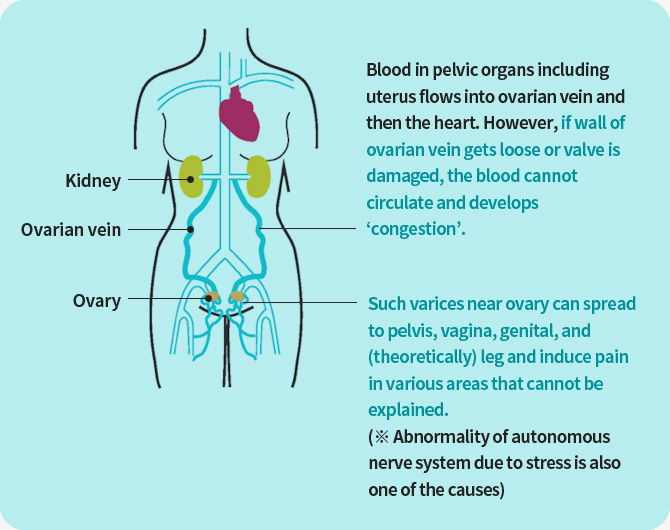
Mental disorders including stress and depression
Pelvic venous congestion syndrome is the collection of symptoms by blood congestion (blood accumulation) within the pelvis. Like the varicose vein in the leg, it is a varix that develops in pelvis and is also called as pelvic varices or ovarian varices. Mostly, patient experience lower abdomen pain, and sporadic pain in the waist. As the pain extends comparatively far at abdomen, pelvis, or buttocks and features various character, so it can be easily confused with neurological disease, female disease, digestive disease, and waist disease.
Generally, 30~40% in the patient with chronic pelvic pain has pelvic venous congestion syndrome as well. Besides, there are risk of simultaneous varicose vein, groin varices, and hip varices.
 KakaoTalk
KakaoTalk Blog
Blog Facebook
Facebook Instagram
Instagram YouTube
YouTube NaverTV
NaverTV Korean
Korean Chinese
Chinese Russian
Russian


 Reservation
Reservation
 Home
Home
